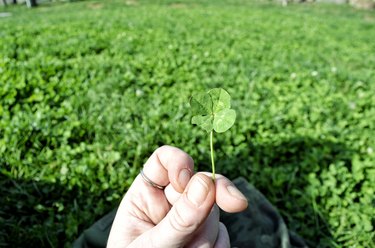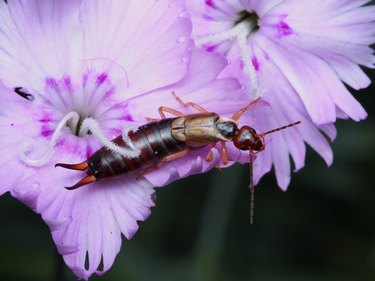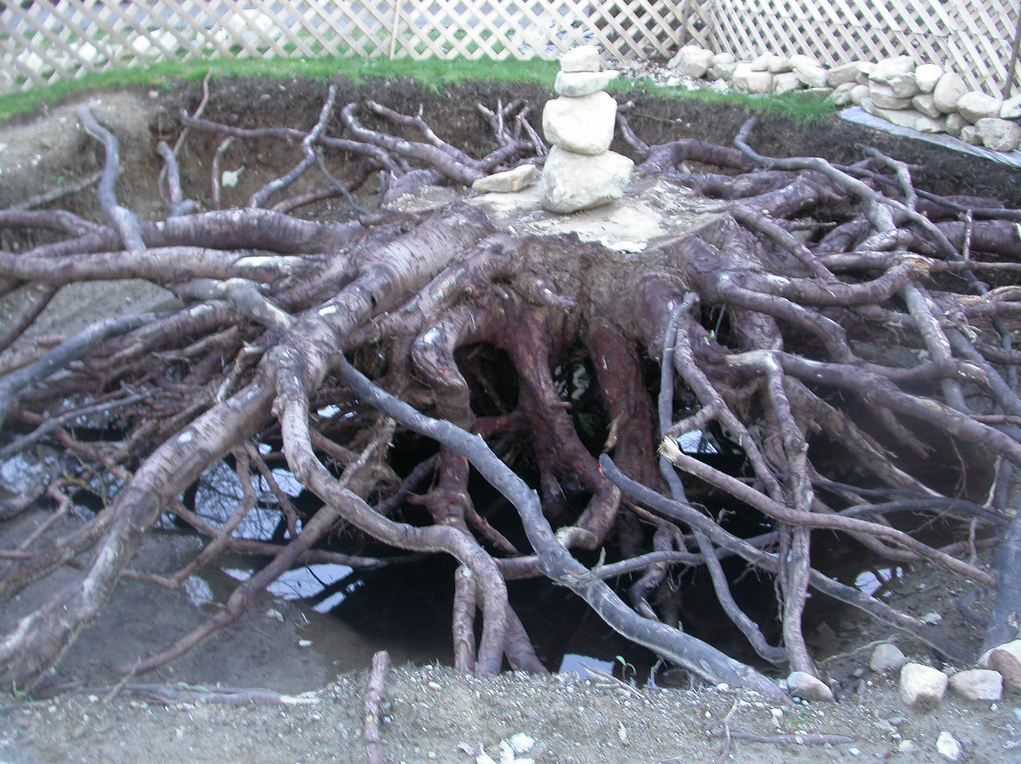Japanese maples (Acer palmatum) are loved by both home gardeners and professional landscapers for their beautiful fall colors and delicate leaves. These graceful trees make attractive specimen plants, especially the smaller cultivars. Japanese maple trees that are only about 4 feet tall at their tallest point by the time they are 10 years old are usually called dwarfs. Like most trees, they have relatively shallow roots.
Demystifying the Root System of Japanese Maples
Japanese maples are admired for their graceful shape, delicate foliage, and brilliant fall color. But what goes on underneath the soil surface? Do Japanese maple roots spread aggressively or stay compact? How deep do they grow? Understanding the root system helps ensure proper planting and care.
Japanese Maple Root Facts
-
Spread: Japanese maple roots tend to be shallow and spreading rather than deep-growing on most varieties. They typically extend 1.5-2 times the height of the tree. A 10 foot tall tree usually has a root spread of 15-20 feet wide but only 2-3 feet deep.
-
Invasiveness: Japanese maple roots are not typically invasive, mainly growing horizontally rather than vertically. They generally do not cause damage by lifting sidewalks, foundations, or driveway.
-
Depth: Most Japanese maple roots grow fairly close to the soil surface, in the top 12-18 inches of soil. Feeder roots that take in water and nutrients grow in the top 6 inches. Some anchoring tap roots may grow down 2-3 feet but no deeper.
-
Soil: Japanese maples need well-draining soil, as they dislike wet feet. Clay soil or boggy areas can lead to root problems. Ideal soil is loose, fertile, and moist but never waterlogged.
-
Rootballs Container-grown Japanese maples have a very compact root system limited to the size of the container. Bare root trees may have a 3 foot wide but shallow rootball when dug up The entire mature root system in the ground can spread out over 15 feet wide
-
Size: The ultimate root spread depends on the mature height and form of the tree. Dwarf varieties under 10 feet tall may have roots stretching 5-8 feet wide. Large specimen maples can have roots extending over 25 feet wide.
Planting Considerations
-
Give it space Pick planting spots that allow the eventual root system to spread without interfering with structures pipes or other tree roots.
-
Amend soil Dig in organic matter like compost to improve drainage in dense heavy soil before planting.
-
Water well: Ensure the roots receive sufficient moisture during the first few years while the tree establishes.
-
Use mulch: Cover the root zone with 2-4 inches of organic mulch to conserve moisture and insulate roots.
-
Fertilize lightly: Japanese maples are sensitive to over-fertilization but benefit from an annual spring feeding.
-
Avoid compaction: Prevent soil compaction around the tree which squeezes oxygen from delicate roots.
Ongoing Care
-
Control weeds: Keep mulch fresh and area around the tree weed-free to prevent competition for water and nutrients.
-
Prune judiciously: Take care not to remove so much inner foliage that it exposes tender bark to sunscald.
-
Irrigate during droughts: Water deeply every 2-3 weeks during dry periods to keep the widespread root system from drying out.
-
Protect roots: Avoid major root damage from trenching, driving over, or major digging within the root zone.
-
Monitor health: Watch for symptoms like stunted growth, leaf scorch or branches dying back which can indicate stressed roots.
While Japanese maple roots spread more horizontally than vertically, they still appreciate deep, nutrient-rich soil. Avoid soggy soil and give them plenty of elbow room when planting. A little special care allows their roots to thrive and support many years of beauty above ground.
Shallow Japanese Maple Roots
Video of the Day
Maple trees (Acer spp. ) have shallow roots, and dwarf Japanese maples are no exception. The feeder roots in particular are very close to the surface of the soil. This is actually true of most trees. Unlike many perennials, most trees do not have deep tap roots. Their roots aren’t very deep; at their deepest point, they reach about 3 feet below the soil’s surface. Most of the smaller feeder roots are within the top few inches of the soil.



Video of the Day
It is probably not possible for young roots to take in nutrients, so fertilizing young Japanese maples is a waste of time and money. As long as they are planted in soil with a lot of organic matter, even older plants don’t need much or any extra fertilizer.
These shallow roots can extend far past the trees canopy. A tree’s roots can spread three times as far as its branches in just three years after it is planted in the ground.
Beware of Sensitive Roots
Once you work with garden tools near a maple tree, be careful because its roots are very close to the ground. Changing the soil in any way, like digging to put in a sprinkler system or even cutting the grass next to the tree, can hurt the roots. Putting a 4-inch layer of mulch around the tree and over any exposed roots is a good way to protect the roots of your dwarf Japanese maple trees and keep the soil moist. Extend the layer to the edge of the trees canopy.
Do Japanese Maples Have Invasive Roots? – JAPANESE MAPLES
FAQ
Do Japanese maples have deep root systems?
How shallow are Japanese maple roots?
Can you plant a Japanese maple close to your house?
Where not to plant Japanese maple?
What size root ball do you need for a Japanese maple tree?
Like young trees, smaller trees have smaller root systems. A 12-18 inch root ball will likely be needed for trees less than 3 feet tall with a trunk size of about 1 inch. Much larger, and the tree will likely require a root ball of between 18 – 24 feet, weighing upwards of 200 lbs! Variants on the Japanese Maple
How deep are Japanese maple roots?
The Japanese Maple roots are 6-8 feet deep. It’s the average depth of their roots that you will find most. But the actual depth is yet to be discovered. When you plant Japanese maple roots, you cannot plant anything else near them because of their deep root system.
How much mulch does a Japanese maple tree need?
Since the Japanese maple tree roots are shallow, they benefit from a 3 to 6-inch layer of mulch covering the tree’s base—spreading out a radius of about 6 inches. Start the mulch a few inches away from the tree trunk. New plantings especially need mulch to help keep the soil moist and insulate roots in winter.
How deep can a Crimson Queen Japanese maple root grow?
A root system of a mature 6-8 foot Crimson Queen Japanese Maple allowed to develop naturally without any restrictions can spread out over 12 feet wide and up to 3 feet deep. This is a huge root ball and probably not anything a home owner without heavy equipment would be able to tackle.
- The Ultimate Guide to Growing Strawberries in Raised Beds - August 8, 2025
- No-Dig Garden Beds: The Easiest Way to Grow a Beautiful Garden - August 6, 2025
- How to Protect and Preserve Wood for Raised Garden Beds - August 6, 2025

